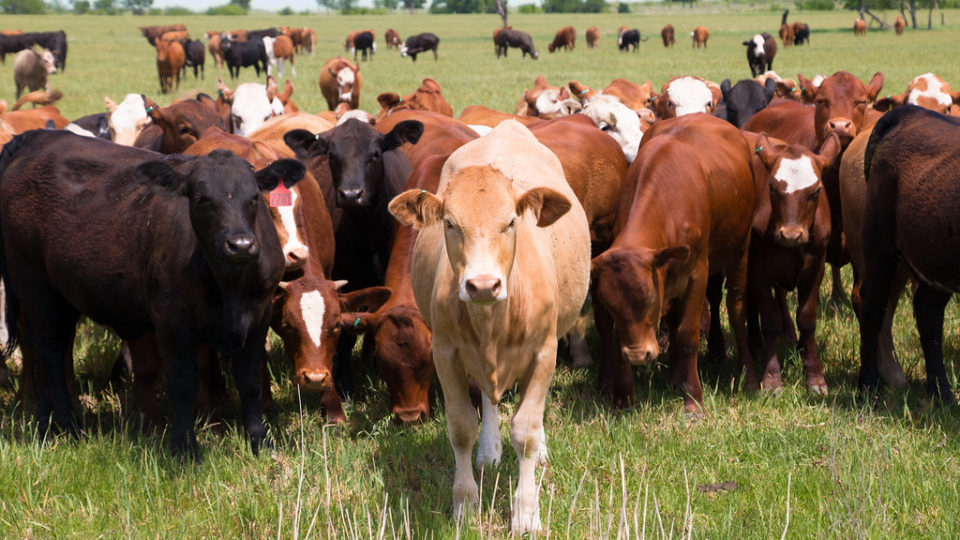Investors have poured billions of dollars into efforts to replace animal proteins with plant-based substitutes or even laboratory-grown animal cells. Replacing meats with these products is certainly a favorable development for the climate, but it is not likely to offset livestock agriculture’s climate and land use impacts anytime soon.
According to research at Stanford University, even optimistic estimates are that only something like 5% of dietary protein will come from these technologies by 2030. That just isn’t fast enough to put a real dent in the food-related emissions problem.
Stanford environmental scientist David Lobell suggests that there should be much more focus on reducing emissions of animal-based systems. There really hasn’t been much effort in this area because it is only recently that the climate impact of animal agriculture has been a topic of public concern. One problem is that it is difficult for investors to monetize investments in approaches for lowering animal agriculture emissions. These might include alternative feeds or supplements or vaccinations that inhibit methane-producing microorganisms in animals’ digestive systems.
Another approach to the problem is changing the mix of animal proteins in people’s diets. Chicken and pork are half as bad as dairy per pound of protein, and about one-tenth as bad as beef, in terms of emissions.
Dairy is a major issue. There has been quite a lot of progress in increasing the use of dairy-free milk, but over the past 40 years, Americans have cut their consumption of milk in half but doubled their consumption of cheese. Progress in dairy-free cheese has not been anywhere near as successful as that of dairy-free milk. But new products are entering the marketplace all the time.
**********
Web Links
Is fake meat a real solution? Stanford expert explains
Photo, posted June 17, 2019, courtesy of Christolph Scholz via Flickr.
Earth Wise is a production of WAMC Northeast Public Radio

